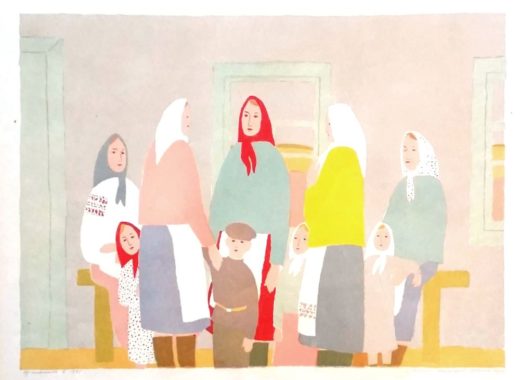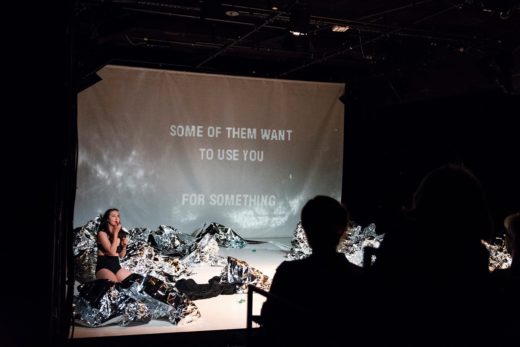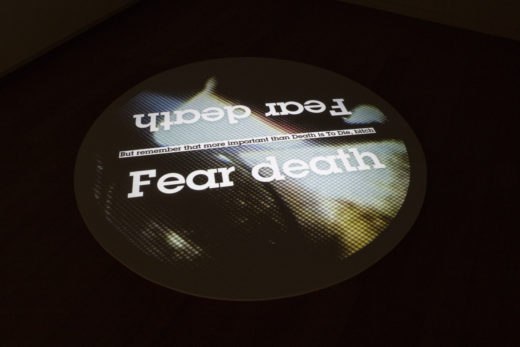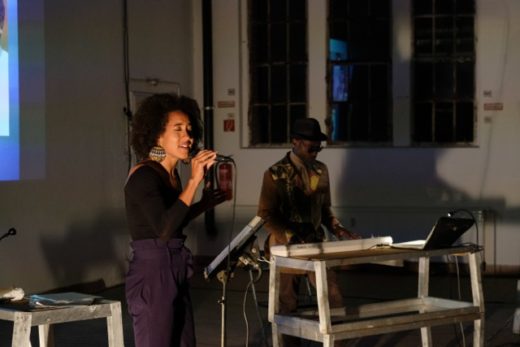From the Eastern Bloc to the Bronx: Early Acquisitions from the Art Collection
From the Eastern Bloc to the Bronx: Early Acquisitions from the Art Collection, Derfner Judaica Museum and the Art Collection at the Hebrew Home, Riverdale, New York (May 5-August 25, 2019)
Writing in 2009, Polish scholar Piotr Piotrowski suggested that we recognize multiple, coexisting art historical canons. Focusing on the postwar period, Piotrowski sketched out a series of interweaving histories, at once looking at the broader picture while also considering the political heterogeneity of specific states within the Soviet-dominated region.(See Piotr Piotrowski, In the Shadow of Yalta: Art and Avant-Garde in Eastern Europe, 1945-1989 (London: Reaktion Books, 2009).… Read more








